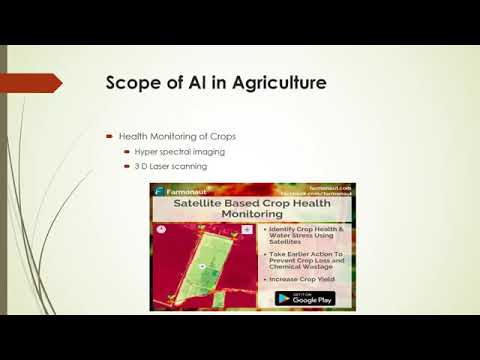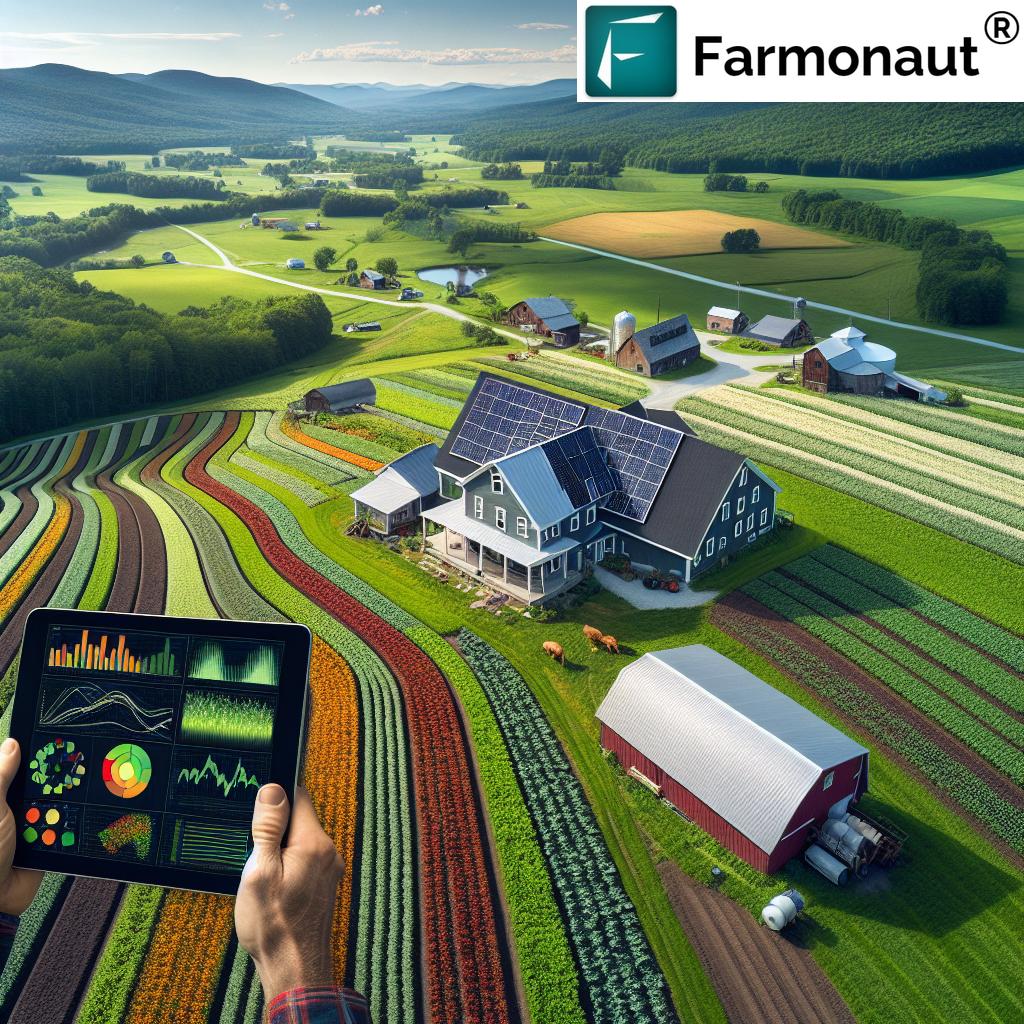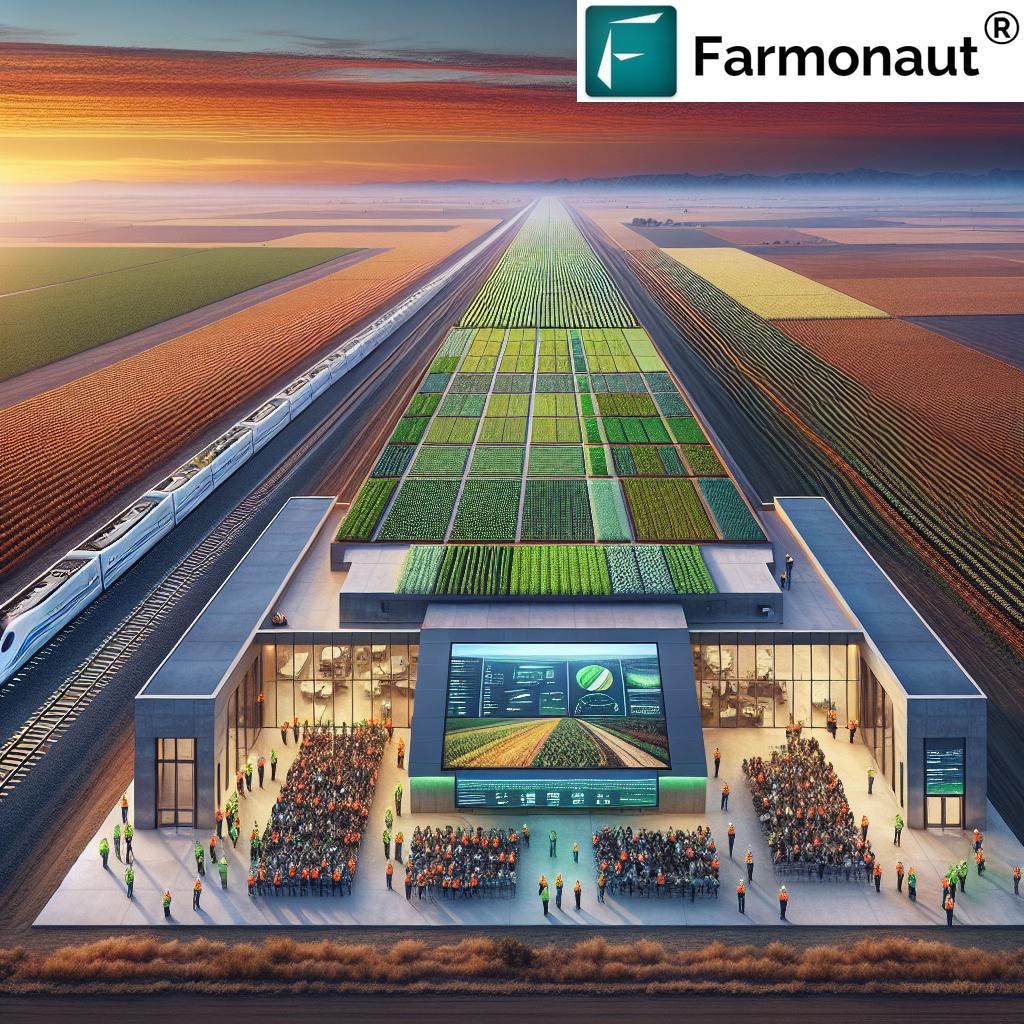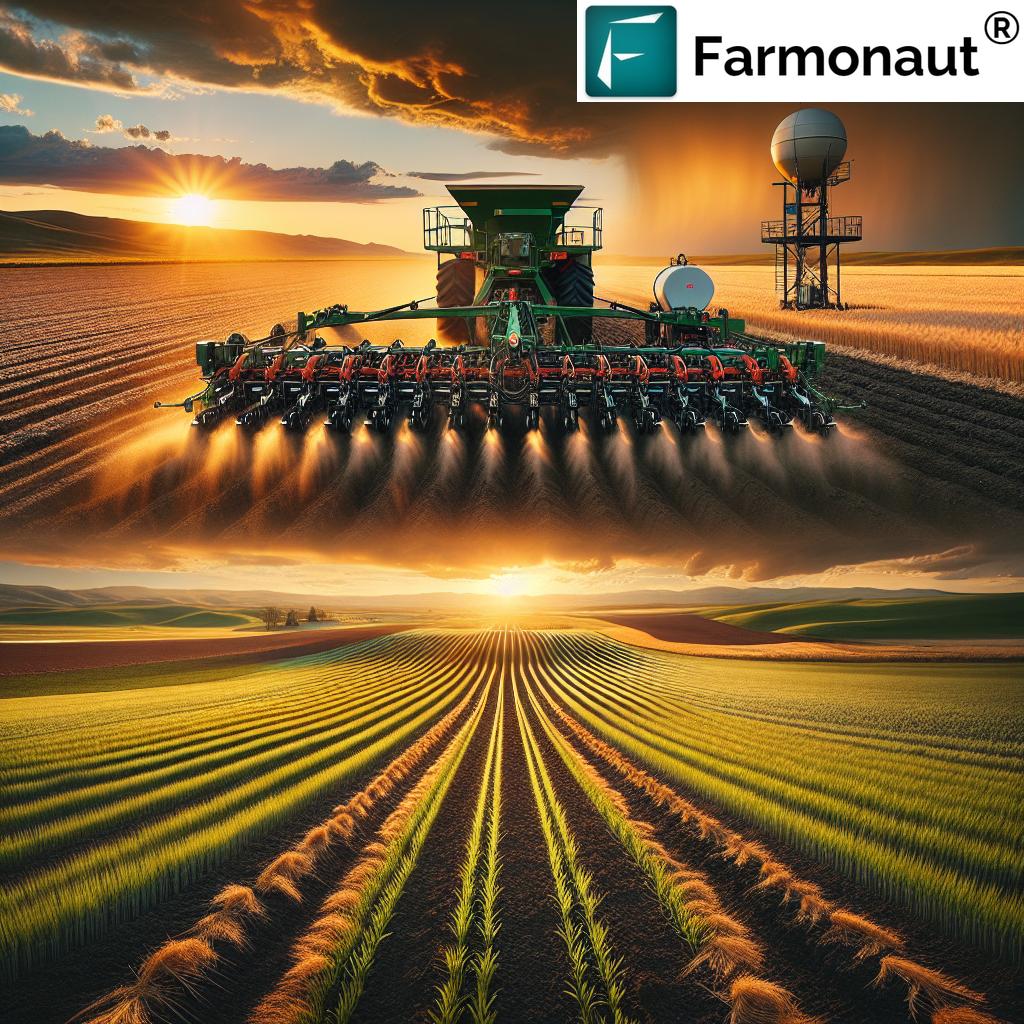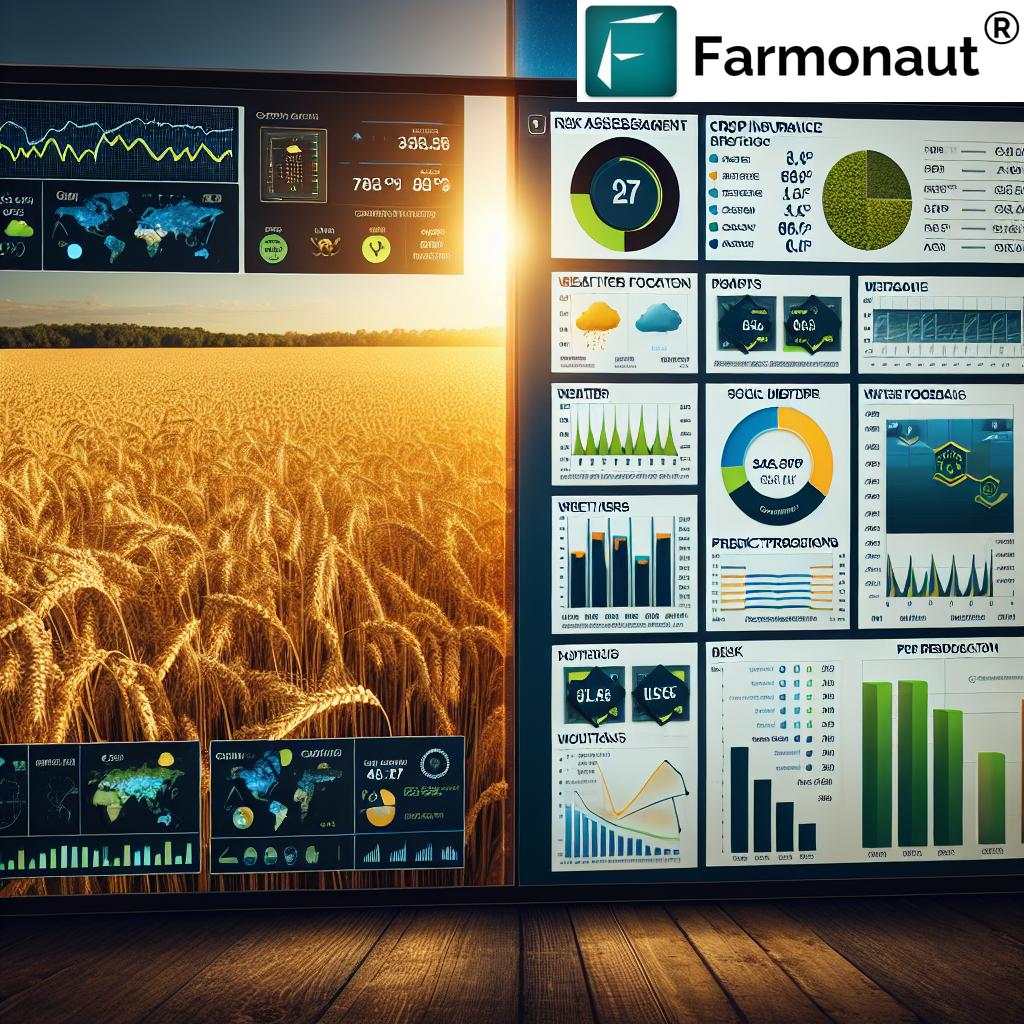Discover Historic Farming Techniques: Spring Farming Days Showcase at Garfield County Fairgrounds, Eastern Washington
“Spring Farming Days showcases over 50 horses and mules working 13 acres, demonstrating historic farming techniques in Eastern Washington.“
Welcome to a journey through time as we explore the fascinating world of traditional agricultural practices at the Spring Farming Days event in Pomeroy, Washington. This unique showcase offers visitors a rare opportunity to witness horse-drawn farming techniques and experience the rich agricultural heritage of Eastern Washington. Join us as we delve into the sights, sounds, and experiences of this remarkable event that brings history to life.
The Spring Farming Days Event: A Step Back in Time
At the heart of Garfield County, the annual Spring Farming Days event transforms the fairgrounds into a living museum of agricultural history. This showcase of horse-drawn farming techniques attracts visitors from across Washington, Idaho, and Oregon, offering a unique glimpse into the farming practices of yesteryear.
As we walked through the event, we were immediately struck by the sight of over 50 horses and mules working across 13 acres of land. The air was filled with the sounds of neighing horses, the creaking of wooden equipment, and the chatter of excited spectators. It was as if we had stepped through a portal into the early 20th century.

Traditional Agricultural Practices on Display
The Spring Farming Days event showcases a wide array of traditional farming techniques that were once the backbone of agriculture in the region. Visitors can witness firsthand the intricate processes of:
- Plowing: Horse-drawn plows turning over the soil, preparing it for planting
- Harrowing: Smoothing and leveling the plowed ground
- Disking: Breaking up clods of soil and incorporating crop residues
- Fertilizing: Applying natural fertilizers to enrich the soil
These demonstrations not only showcase the skills required to operate horse-drawn equipment but also highlight the incredible bond between farmers and their animals. The precision and teamwork displayed during these activities are truly awe-inspiring.
The Eastern Washington Agricultural Museum: A Treasure Trove of History
“The Eastern Washington Agricultural Museum features exhibits spanning decades, from wood body combines to hit-and-miss engines.“
A visit to the Spring Farming Days event wouldn’t be complete without exploring the Eastern Washington Agricultural Museum. Established in 2007, this museum offers a fascinating glimpse into farming life before the advent of mechanization.
As we walked through the exhibits, we were transported through time, witnessing the evolution of agricultural technology. The museum houses an impressive collection of artifacts, including:
- Wood body combines that would have been pulled by up to 30 horses
- Antique farming equipment and carriages
- Hit-and-miss engines, affectionately known as “old one loungers”
- A fully equipped kitchen from the early 20th century
- A machine shop complete with a working forge
Each exhibit tells a story of innovation, perseverance, and the ingenuity of farmers who worked tirelessly to feed their communities and the nation.
The Importance of Preserving Agricultural Heritage
Events like Spring Farming Days and museums such as the Eastern Washington Agricultural Museum play a crucial role in preserving our agricultural heritage. By showcasing traditional farming techniques and antique equipment, they offer valuable insights into the evolution of agriculture and the challenges faced by farmers throughout history.
Jay Franks, Secretary of the Eastern Washington Agricultural Museum, emphasizes the importance of these events: “To me, this is great in showing the public the past, how it used to be. I call it when a day’s work was actually a day’s work.”
This connection to our agricultural roots is not just about nostalgia; it’s about understanding the journey that has led us to modern farming practices and appreciating the hard work and innovation that has shaped the agricultural industry.
Draft Horse Demonstrations: The Power of Equine Partners
One of the highlights of the Spring Farming Days event is undoubtedly the draft horse demonstrations. These magnificent animals, bred for their strength and endurance, play a central role in showcasing traditional farming techniques.
Visitors have the opportunity to:
- Watch skilled teamsters guide their horses through various farming tasks
- Learn about the different breeds of draft horses and their unique characteristics
- Understand the intricate harness systems used to connect horses to farm equipment
- Appreciate the deep bond between farmers and their equine partners
For many attendees, these demonstrations are a powerful reminder of the symbiotic relationship between humans and animals that has shaped agriculture for millennia.
Antique Farming Equipment: A Window into Agricultural Innovation
The Spring Farming Days event features an impressive display of antique farming equipment, offering visitors a tangible connection to the past. From hand-operated tools to early mechanized implements, each piece tells a story of agricultural innovation.
Some of the fascinating equipment on display includes:
- Wooden plows and harrows
- Early seed drills and planters
- Vintage tractors from the early days of mechanization
- Threshing machines and grain separators
These artifacts provide valuable insights into the ingenuity of farmers and inventors who continually sought ways to improve agricultural efficiency and productivity.

The Evolution of Farming: From Horse-Drawn to High-Tech
While the Spring Farming Days event celebrates traditional agricultural practices, it also provides an opportunity to reflect on the incredible advancements in farming technology over the past century. From horse-drawn plows to GPS-guided tractors, the agricultural industry has undergone a remarkable transformation.
Today, farmers have access to cutting-edge technologies that would have seemed like science fiction to their predecessors. For example, Farmonaut’s crop plantation and forest advisory services utilize satellite imagery and artificial intelligence to provide real-time insights into crop health and growth patterns. This technology allows farmers to make data-driven decisions, optimizing resource use and maximizing yields.
Similarly, modern fleet management systems have revolutionized the way farms operate, ensuring efficient use of machinery and reducing operational costs. These advancements demonstrate how far agriculture has come while still honoring the ingenuity and hard work of past generations.
Bridging the Past and Present: The Role of Technology in Modern Agriculture
As we marvel at the historic farming techniques on display at the Spring Farming Days event, it’s important to recognize how modern technology continues to shape the agricultural landscape. Today’s farmers benefit from a wide range of innovative tools and services that enhance productivity, sustainability, and resource management.
For instance, carbon footprinting solutions allow farmers to monitor and reduce their environmental impact, contributing to more sustainable agricultural practices. These tools provide real-time data on emissions, enabling farmers to make informed decisions that benefit both their operations and the planet.
Additionally, advancements in product traceability have revolutionized supply chain management in agriculture. By leveraging blockchain technology, farmers and consumers alike can now trace the journey of agricultural products from field to table, ensuring transparency and building trust in the food system.
The Future of Farming: Blending Tradition with Innovation
As we reflect on the Spring Farming Days event and the rich agricultural heritage it represents, we can’t help but wonder about the future of farming. How will the industry continue to evolve while honoring its roots?
The answer lies in finding a balance between traditional wisdom and cutting-edge technology. While modern farmers may not rely on horse-drawn plows, they can still benefit from the principles of sustainable land management and the deep connection to the earth that their predecessors cultivated.
At the same time, embracing technological advancements can help address the challenges of feeding a growing global population while minimizing environmental impact. For example, innovative crop loan and insurance solutions are making it easier for farmers to access the financial resources they need to invest in their operations and protect against unforeseen risks.
| Technique/Equipment | Description | Era | Modern Equivalent |
|---|---|---|---|
| Horse-drawn Plowing | Using horses to pull plows for turning over soil | 1800s – early 1900s | Tractor-pulled plows with GPS guidance |
| Harrowing | Breaking up and smoothing out plowed ground | Ancient times – early 1900s | Mechanical harrows with precision depth control |
| Disking | Using disk harrows to break up soil clumps | Late 1800s – mid 1900s | Modern disk harrows with hydraulic adjustments |
| Wood Body Combine | Early harvesting machine pulled by 30+ horses | Early 1900s | Self-propelled combines with computer controls |
| Hit-and-Miss Engines | Early internal combustion engines for power | 1890s – 1940s | Electric motors and high-efficiency diesel engines |
Upcoming Events: Continuing the Celebration of Agricultural Heritage
For those who missed the Spring Farming Days event or are eager for more opportunities to explore agricultural history, there are several upcoming events in the region:
- ‘Old Time Farming Days’ in Colfax: Scheduled for April 19th and 20th, this event promises to offer another fascinating look at traditional farming practices.
- Gas Engine Show and Swap Meet: The Eastern Washington Agricultural Museum will host its second annual event on June 28th and 29th at the Garfield County Fairgrounds. This showcase will feature antique hit-and-miss engines and provide a unique opportunity for enthusiasts to trade and discuss vintage farm equipment.
These events continue the important work of preserving and celebrating our agricultural heritage, offering visitors the chance to connect with the past and gain a deeper appreciation for the evolution of farming practices.
The Impact of Agricultural Heritage on Modern Farming
As we’ve explored the Spring Farming Days event and the rich agricultural history it represents, it’s clear that understanding our farming heritage is more than just a nostalgic exercise. The knowledge and practices of past generations continue to inform and inspire modern agricultural innovations.
For instance, the principles of crop rotation and soil conservation that were essential to traditional farming methods are now being rediscovered and implemented using advanced technology. Modern large-scale farm management systems often incorporate these time-tested practices, enhanced by data-driven insights and precision agriculture techniques.
Similarly, the close observation of crop health and growth patterns that was once done by hand is now augmented by satellite imagery and AI-powered analytics. These technologies allow farmers to monitor their fields with unprecedented accuracy, making informed decisions about irrigation, fertilization, and pest control.
Preserving Agricultural Knowledge for Future Generations
Events like Spring Farming Days play a crucial role in preserving and passing down agricultural knowledge to future generations. By providing hands-on experiences and demonstrations of traditional farming techniques, these showcases ensure that valuable skills and practices are not lost to time.
Moreover, they serve as a bridge between the past and the present, helping young people understand the roots of modern agriculture and appreciate the hard work and innovation that has shaped the industry. This understanding is crucial for fostering a new generation of farmers and agricultural scientists who can continue to innovate while respecting the wisdom of the past.
The Role of Technology in Preserving Agricultural Heritage
While events like Spring Farming Days focus on traditional techniques, modern technology also plays a significant role in preserving agricultural heritage. Digital archives, virtual reality experiences, and online educational resources are making it easier than ever to access information about historical farming practices and equipment.
For example, platforms like Farmonaut not only provide cutting-edge farm management tools but also contribute to the preservation of agricultural knowledge. By digitizing and analyzing farm data, these systems create a detailed record of agricultural practices over time, which can be invaluable for future research and education.
Conclusion: Honoring the Past, Embracing the Future
As we conclude our exploration of the Spring Farming Days event at the Garfield County Fairgrounds, we’re left with a profound appreciation for the rich agricultural heritage of Eastern Washington and the ongoing efforts to preserve it. This showcase of historic farming techniques not only offers a fascinating glimpse into the past but also provides valuable insights that continue to shape modern agriculture.
From the power of draft horses to the ingenuity of early farm equipment, the event celebrates the hard work, innovation, and resilience that have always been hallmarks of the farming community. At the same time, it reminds us of how far agricultural technology has come and the exciting possibilities that lie ahead.
As we look to the future of farming, it’s clear that success will come from blending the wisdom of traditional practices with the power of modern technology. By honoring our agricultural heritage while embracing innovation, we can create a more sustainable, efficient, and productive farming industry that will continue to feed the world for generations to come.
FAQ Section
- Q: What is the Spring Farming Days event?
A: Spring Farming Days is an annual event held at the Garfield County Fairgrounds in Pomeroy, Washington, showcasing traditional agricultural practices and horse-drawn farming techniques. - Q: When does the Spring Farming Days event take place?
A: The event typically takes place in the spring. For specific dates, check with the Garfield County Fairgrounds or local tourism offices. - Q: What can visitors expect to see at the event?
A: Visitors can witness demonstrations of horse-drawn plowing, harrowing, and disking, explore antique farming equipment displays, and visit the Eastern Washington Agricultural Museum. - Q: Is the event suitable for children?
A: Yes, the event is family-friendly and offers educational opportunities for children to learn about agricultural history and traditional farming methods. - Q: Are there any upcoming similar events in the area?
A: Yes, the ‘Old Time Farming Days’ in Colfax on April 19th and 20th, and the Gas Engine Show and Swap Meet at the Garfield County Fairgrounds on June 28th and 29th.
Earn With Farmonaut: Earn 20% recurring commission with Farmonaut’s affiliate program by sharing your promo code and helping farmers save 10%. Onboard 10 Elite farmers monthly to earn a minimum of $148,000 annually—start now and grow your income!
Farmonaut Subscriptions
Experience the future of farming with Farmonaut’s innovative solutions:
For developers interested in integrating Farmonaut’s powerful agricultural data into their own applications, check out our API and API Developer Docs.





